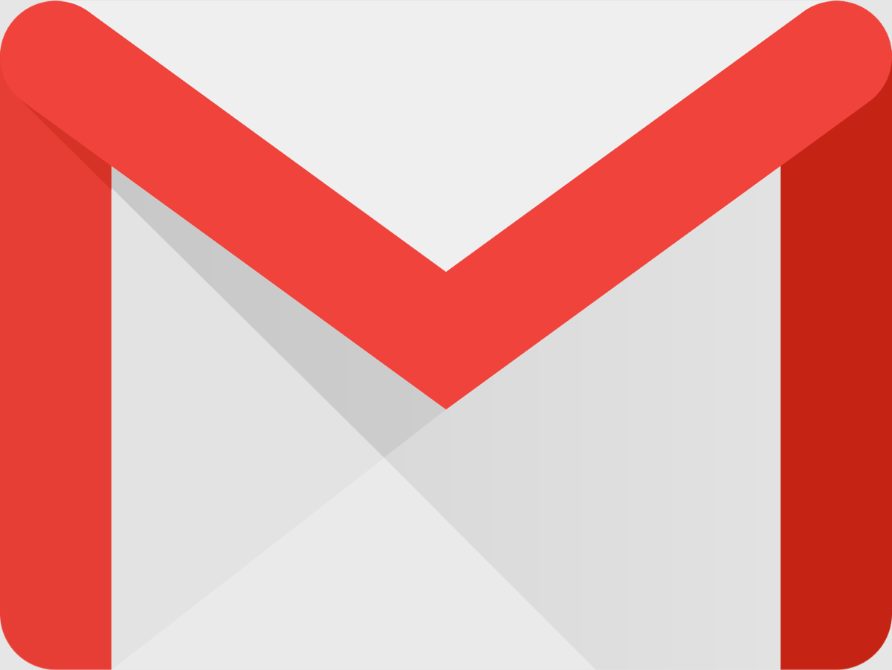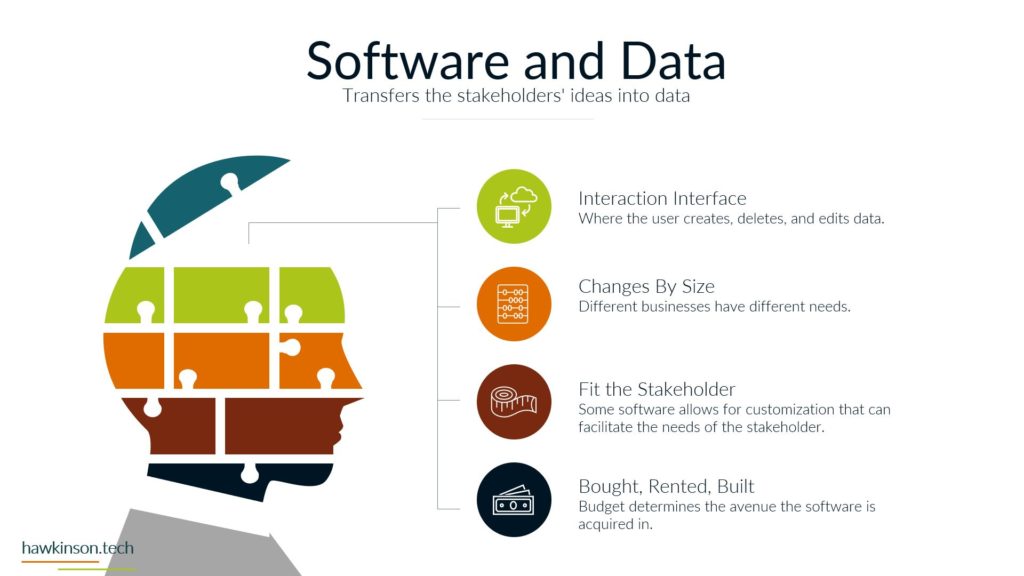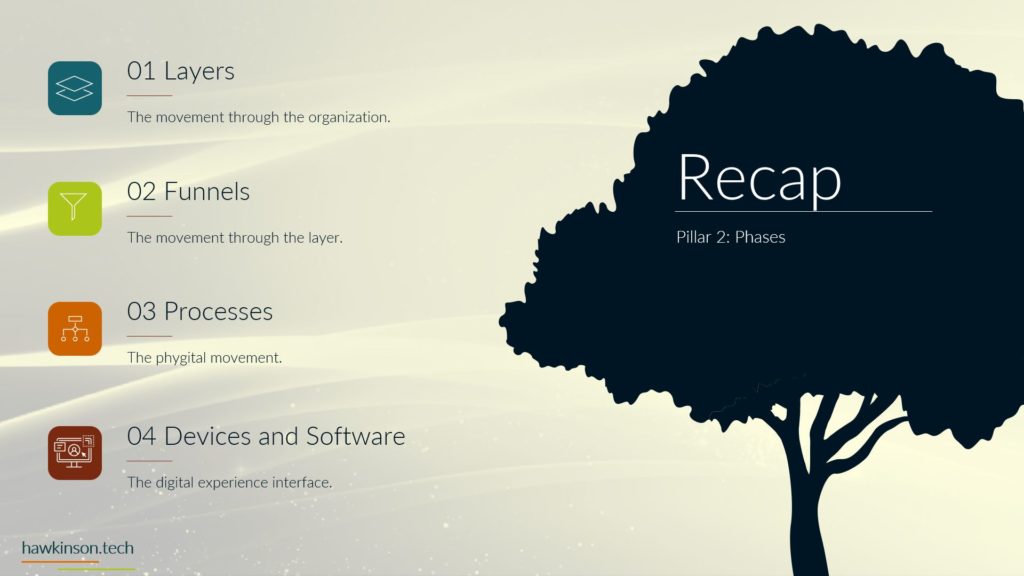Streamline Communication and Collaboration
Exchange Online: The Ultimate Business Communication Solution
Effective communication and seamless collaboration are essential for success in today’s fast-paced business world. Exchange Online offers a comprehensive suite of features designed to streamline business communication, boost productivity, and foster collaboration like never before.
With Exchange Online, you can access a reliable and efficient email system that empowers your team to stay connected and organized. Exchange Online ensures you get all the essential messages, appointments, and deadlines, whether in the office or on the go. I would say goodbye to the frustration of lost emails or missed opportunities.
Not only does Exchange Online provide a seamless email experience, but it also offers a range of collaborative tools that enable your team to work together effortlessly. Share calendars, contacts, and files quickly, facilitating effective teamwork and eliminating the need for endless email chains. Collaborate in real-time, brainstorm ideas, and make decisions quickly, all within a secure and private environment.
Unleash Your Team’s Productivity
Empower Your Business with Exchange Online’s Productivity Tools
Time is precious in business, and Exchange Online understands the importance of maximizing productivity. With its powerful suite of productivity tools, Exchange Online equips your team with the resources they need to excel and deliver outstanding results.
Exchange Online’s robust task management features allow you to stay organized and ensure that nothing falls through the cracks. Assign tasks, set deadlines, and track progress effortlessly. Prioritize your work and focus on what matters most, all while maintaining complete visibility into your team’s productivity.
Managing your time effectively is crucial for success, and Exchange Online makes it easier than ever. Schedule appointments, set reminders, and receive alerts, ensuring you never miss an important meeting or deadline. With Exchange Online, you can optimize your workflow and stay ahead.
Advanced Security and Reliability
Exchange Online: The Secure and Reliable Choice for Your Business
When it comes to your business, security, and reliability are non-negotiable. Exchange Online provides a secure and reliable email service that safeguards sensitive data and ensures business continuity.
Exchange Online’s advanced security features protect your emails and attachments from unauthorized access and potential threats. With built-in spam filters, malware protection, and data loss prevention capabilities, you can rest assured that your business communications are secure and confidential.
In addition to its robust security measures, Exchange Online offers unparalleled reliability. With guaranteed uptime and 24/7 technical support, you can rely on Exchange Online to be there whenever you need it. Say goodbye to costly downtime and hello to uninterrupted productivity.



























